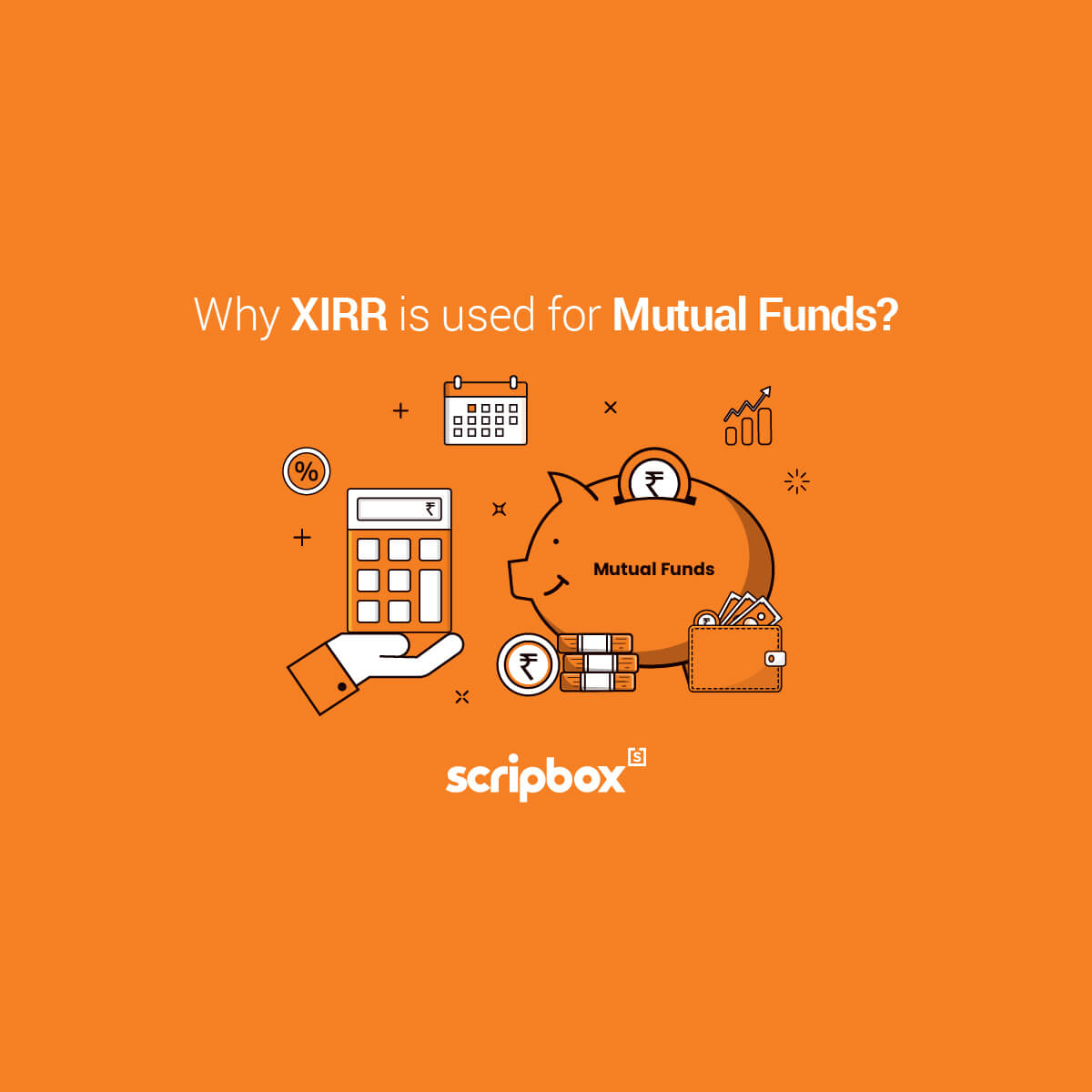In this article
11 Mins
Article Content
- What are Treasury Bills (T-Bills) in India?
- T Bill Interest Rates March 2024
- How Do Treasury Bills (T-Bills) Work in India?
- Types of Treasury Bills (T-Bills)
- How to Buy Treasury Bills (T-Bills) in India?
- Features of Treasury Bills
- Why Does the Government Issue Treasury Bills (T-Bills)?
- What Influences T-Bill Prices?
- How to calculate the yield on Treasury bills?
- Advantages and limitations of treasury bills
- Disadvantages of Treasury Bills
- Who should invest in treasury bills?
- Tax on Treasury Bills (T-Bills)
- Frequently Asked Questions (FAQs)
The Government of India needs money to meet its financial obligations. They approach the general public to raise funds. The funds can be raised by offering different financial instruments. Treasury bill is one such money market instrument that the government issues for the short term requirement of funds. These financial instruments can be money market instruments, debt securities, bonds, and many more.
What are Treasury Bills (T-Bills) in India?
Treasury bills, also known as T-bills, are short term money market instruments. The RBI on behalf of the government to curb liquidity shortfalls. It is a promissory note with a guarantee of payment at a later date. The funds collected are usually used for short term requirements of the government. It is also used to reduce the overall fiscal deficit of the country.
T Bill Interest Rates March 2024
| T-Bills | Interest Rates |
| 91 Days | 6.9474% p.a. |
| 180 Days | 7.1199% p.a. |
| 365 Days | 7.1497% p.a. |
How Do Treasury Bills (T-Bills) Work in India?
Treasury bills or T-bills have zero-coupon rates, i.e. no interest is earned on them. Individuals can purchase T-bills at a discount to the face/value. Later, they are redeemed at a nominal value, thereby allowing the investors to earn the difference. For example, an individual purchase a 91-day T-bill which has a face value of Rs.100, which is discounted at Rs.95. At the time of maturity, the T-bill holder gets Rs.100, thus resulting in a profit of Rs.5 for the individual.
Therefore, it is an essential monetary instrument that the Reserve Bank of India uses. It helps RBI to regulate the total money supply in the economy as well as raising funds.
Types of Treasury Bills (T-Bills)
Four types of treasury bills are auctioned. The primary distinction for these treasury bills tbills is their holding period.
- 91-day Treasury bill: These bills complete their maturity on 91 days from the date of issue. They are auctioned on Wednesday, and the payment is made on the following Friday. They are auctioned every week. These bills are sold in the multiples of Rs.25000 and the minimum amount to invest is also Rs.25000.
- 182-day Treasury bill: These bills complete their maturity on 182 days from the date of issue. They are auctioned on Wednesday, and the payment is made on the following Friday when the term expires. They are auctioned every alternate week. These bills are sold in the multiples of Rs.25000 and the minimum amount to invest is also Rs.25000.
- 364-day Treasury bill: These bills complete their maturity 364 days from the date of issue. They are auctioned on Wednesday, and the payment is made on the following Friday when the term expires. They are auctioned every alternate week. These bills are sold in the multiples of Rs.25000 and the minimum amount to invest is also Rs.25000.
As mentioned above, the holding period for each bill remains constant. However, the face value and the discount rates of treasury bills can change periodically. This depends on the funding requirements and monetary policy of RBI along with total bids received.
Also, The Reserve Bank of India issues treasury bills calendar for auction. It announces the exact date of the auction, the amount to be auctioned and the maturity dates before every auction.
How to Buy Treasury Bills (T-Bills) in India?
T-bills are issued in the primary market through RBI auctions. A qualified investor may participate in a competitive or non-competitive bidding auction.
- Competitive Bidding: Institutional investors, such as financial institutions, banks, mutual funds, primary dealers, and insurance companies, are eligible to make competitive bids.
- Non-Competitive Bidding: Non-competitive bidders can be individuals, HUF/ trust, firm, corporate body, institution, provident funds and any other parties. Non-competitive bidders can participate in the auctions without having to quote the price/ yield. Hence, one doesn’t have to worry about whether the bid is on or off the mark. The bidder will be allotted partially or fully in accordance with the plan.
RBI issues an indicative auction calendar that contains information about the borrowing, tenor range and auction duration. During the auction duration, bids can be placed on the electronic platform of
RBI called E-Kuber. E-Kuber is the Core Banking Solution (CBS) platform of RBI.
Competitive bidders who maintain funds or current account and securities account (Subsidiary General Ledger (SGL) account) with RBI are members of the E-Kuber Platform.
Through this electronic platform, all E-Kuber members can submit bids in the auction. RBI publishes the auction results within a stipulated time period for Treasury bills at 1:30 PM.
Non-Competitive bidders can place their bids to purchase T-bills through trading members of the NSE or NSE goBID app. The allotted bonds will directly reflect in the bidder’s demat account. Therefore, non-competitive bidders must have a demat account. The following steps will help you place non-competitive bids for T-bills:
- Login to your demat account.
- Under the IPO section, select the T-bill that you wish to bid for.
- Click on Apply.
- Place your bids.
- Upon successful application, you will be notified by the trading platform.
- The allotted bonds will reflect in your account in T+1 days.
Features of Treasury Bills
- Form: Treasury bills can be issued in a physical form as a promissory note or dematerialized form by crediting to SGL account (Subsidiary General Ledger Account).
- Minimum Bid Amount: Treasury bills are issued at a minimum price of Rs.25000 and in the same multiples thereof.
- Issue Price: Treasury bills are issued at a discounted price. However, they are redeemed at par value at the time of maturity.
- Eligibility: Individuals, companies, firms, banks, trust, insurance companies, provident fund, state government and financial institutions are eligible to purchase T-bills.
- Highly Liquid: Treasury bills are highly liquid negotiable instruments. They are available in both financial markets, i.e. primary and secondary market.
- Auction Method: The 91 day T-bill follows a uniform auction method, whereas, 364 day T-bill follows a multiple auction method.
- Zero Risk: The yields are assured. Hence, they have zero risks of default.
- Day Count: For treasury bills, the day count is 364 days in a year.
Besides this, it also have other characteristics like market-driven discount rate, selling through auction, issued to meet short term cash flow mismatch, assured yield, low transaction cost, etc.
Why Does the Government Issue Treasury Bills (T-Bills)?
The Indian government issues treasury bills to raise short-term funds for various expenses, like infrastructure projects, and manage cash flow. This allows the government to borrow from the public. This is cost-effective for the government, compared to pricier options like bank loans. Additionally, it helps regulate the economy’s money supply and maintain financial system liquidity.
The Reserve Bank of India, as part of its Open Market Operations (OMO), issues treasury bills on behalf of the government for public purchase. This strategy aids in controlling inflation and influencing consumer borrowing and spending behaviours. During high inflation, the government issues substantial-value treasury bills to curb excess money supply.
Conversely, during slowdowns, the government releases T-bills at reduced circulation rates and discounted prices. This aims to channel investor resources to specific sectors, bolstering cash flows in the stock market.
What Influences T-Bill Prices?
The following factors influence T-bill prices in India:
- Economic Conditions: Overall economic factors, including inflation, economic growth, unemployment rates, market sentiments, geopolitical events, and crises, influence T Bill prices. Inflation impacts demand for T Bills as investors aim to safeguard their purchasing power.
- Supply and Demand of T-bills: High demand relative to the supply of T-bills can drive prices up, while low demand or oversupply may cause prices to decline.
- Government Policies: Changes in government policies, like monetary or fiscal measures, can impact T Bill prices. Central bank decisions on interest rates or government fiscal policies influence investor sentiment and T Bill prices.
How to calculate the yield on Treasury bills?
To calculate the yield, the comparison of par value to its face value is the first step. Additionally, investment returns are more useful when expressed on an annualized basis. The next step is to use the maturity period to convert the return to an annual percentage.
You can calculate the yield of treasury bills through the following formula –
Y= (100-P)/P * [(365/D)*100], where
Y – Yield/ return percentage of T-bill
P – The discounted price of the T-bill purchased
D – Tenure of T-bill
Let’s understand this with an illustration. If RBI issues a 91- Day treasury bill at the discounted price of Rs.97 while the face value of the bill is Rs.100, the yield of the security can be determined as follows –
Yield = [(100-97)/97] *(365/91*100)
= 12.40%
By annualizing the returns, a shorter Treasury bill can be compared with the following:
- Long-dated Treasury bill
- Government bond
- Corporate bond
- Treasury bond
- Any other type of fixed income investment instrument.
Advantages and limitations of treasury bills
Treasury bills investments come with many advantages as it provides safety and security to its investors.
1. Risk-Free
Treasury bills is a popular short term government security. The Central government backs them. They act as a liability to the Indian government as they need to be paid within a stipulated time.
Therefore, investors have total security on their funds invested as they are backed by the government of India, I.e. the highest authority in the country. The amount has to be paid to the investors even during the crisis.
2. Highly Liquid
Treasury bill has a highest maturity period of 364 days. They help in raising money for short term requirements for the economy. Individuals who are looking for short term investments can park their funds here. Also, T-bills can be sold in the secondary market. This allows investors to convert their holding into cash during any emergency.
3. Bidding
Treasury bills are usually auctioned by RBI every week. This allows the retail investors to place their noncompetitive bids. This increases the exposure of investors to the government bond market, which creates higher cash flows to the capital market.
Disadvantages of Treasury Bills
Compared to other stock market investment tools, treasury bills yield lower returns as they are government-backed debt securities. Treasury bills are zero-coupon bonds, i.e. no interest is paid on them to investors. They are issued at a discount and redeemed at face value. Therefore, the returns earned by investors in T-bills remains fixed throughout the bond tenure irrespective of the economic condition of the country.
Stock market variations influence the returns generated by equity, equity fund, debt fund and debt instruments. Subsequently, when the stock market moves upwards, the yield generated by equity, equity fund, debt fund or debt instruments is also higher. However, the returns generated by T-bills remain fixed irrespective of the financial market movements.
Who should invest in treasury bills?
The government of India issues Treasury bills which are ideal for investors who are looking for secure investment and reasonable returns. RBI facilitates the noncompetitive bids to be placed by the investors. The bidding process of T-bills allows investors to take part in the same by placing their bid. The details regarding the discount value and par value are published beforehand. Investors can get full transparency of the investment process. Also, it helps for wealth creation for individuals.
It is suitable for any investors irrespective of their knowledge and risk tolerance levels. Over and above, it can also add as a secure investment for investors looking for portfolio diversification. This can dilute the risk of overall portfolio allocation.
Even companies, firms, banks, trust, insurance companies, provident fund, state government and financial institutions are eligible to invest in treasury bills.
Treasury bills are the safest fixed income investment instrument in its category as the risk of default is negligible. The yield is also predetermined as the date of issue, the maturity dates and the amount is also fixed. They play a crucial role in regulating the total money supply in the economy.
Tax on Treasury Bills (T-Bills)
T-bills attract short-term capital gain (STCG). These gains are subject to STCG tax at rates applicable as per the income tax slab of an investor. One advantage of such T-bills is that retail investors have no TDS upon redemption. Thus, reducing the hassle of TDS claims during tax filing.
Read More
- What is expense ratio
- What are stocks
- What is annual return
- What is annual yield
- What are different types of investment
- Equity Share Capital
Frequently Asked Questions (FAQs)
Who issues a treasury bill?
RBI issues T-bills on behalf of the government.
Is the treasury bill better than FD?
T-Bills are low-duration investments and offer lower returns than FDs. These are sovereign guaranteed investments and, thus are very safe. On the other hand, FD returns vary depending on the bank, repo rate, tenure and prevailing market conditions.
What happens when T-bill matures?
T-bills are issued at a discount to the face value. Thus, when the t-bill matures, you are paid its face value (when you hold it until maturity).
Are T-bills a safe investment instrument?
Yes, T-bills are issued by the government and thus are safe investment options.
What is the interest on T-bills?
Like other debt instruments, t-bills do not have interest. Instead, t-bills are issued at a discount to their face value. The difference between the buy and sell price is the return for the investor.
Scripbox Recommended Goals
Plans that will help you to achieve your life goals across multiple time frames.
Invest Now
RECENTLY PUBLISHED






Related Articles







